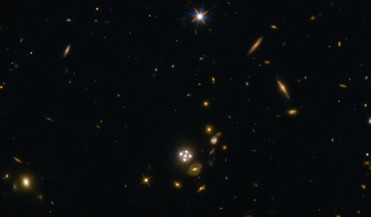 27 January 2017
Distant quasars help refine the rate of the expanding Universe
27 January 2017
Distant quasars help refine the rate of the expanding Universe
... two properties (mass and multiplicity) of strong gravitational lens systems, the team were able to calculate the Hubble Constant my measuring light from the distant quasar as it arrived at slightly different times depending on the route it had taken...
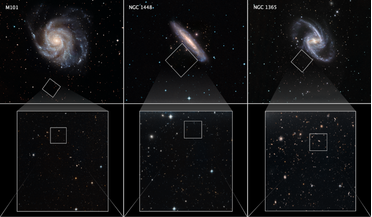 17 July 2019
New measurement deepens mystery of Universe’s expansion rate
17 July 2019
New measurement deepens mystery of Universe’s expansion rate
... can be the tie-breaker," said Freedman. However, using this alternative method, Freedman and colleagues arrive at a Hubble constant of about 70 km/sec/Mpc —a figure slap-bang in the middle of the duelling predominant methods. What now then...
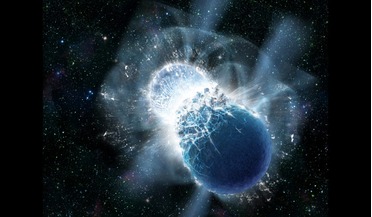 16 October 2017
First detected neutron star merger reveals more than gravitational waves
16 October 2017
First detected neutron star merger reveals more than gravitational waves
... from the GW170817 event does not stop there. Properties of GW170817 have been used to measure the Hubble Constant — a unit of measurement to describe the expansion of the universe, first proposed by Edwin...
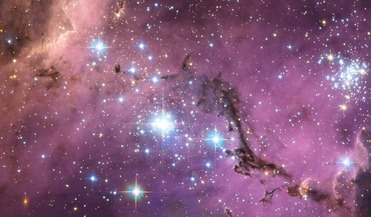 26 April 2019
As mystery of the Universe’s expansion rate widens, a simple solution is offered
26 April 2019
As mystery of the Universe’s expansion rate widens, a simple solution is offered
... the very young Universe. However, when you calculate the Hubble Constant from CMB/Planck data, you get a different figure altogether... energy" could account for the tension between the two Hubble constant values, Riess said. Do we really need to add...
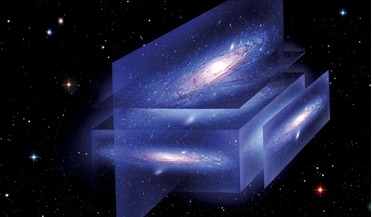 October 2020
Learning from alternative universes
October 2020
Learning from alternative universes
... move away from us; and (2) looking at the Cosmic Microwave Background (CMB) and inferring from it the value of Hubble’s constant. Historically, both values have been slightly different but both within a margin of error of each other. Or at least...
 30 January 2019
New physics needed to explain early expansion of the Universe
30 January 2019
New physics needed to explain early expansion of the Universe
... help to resolve another burgeoning problem in cosmology - that of the Hubble constant which seeks to explain the current rate of cosmic expansion. Recent estimates of the Hubble constant in the local Universe based on supernova data compared with...